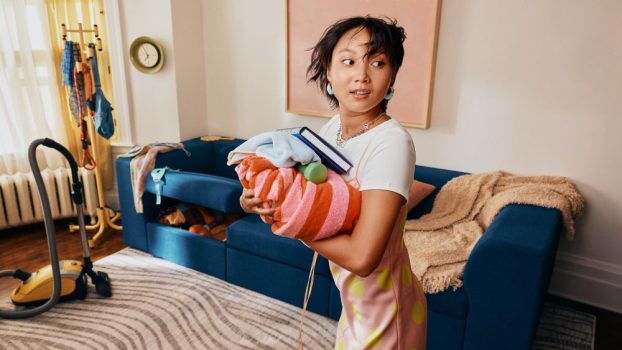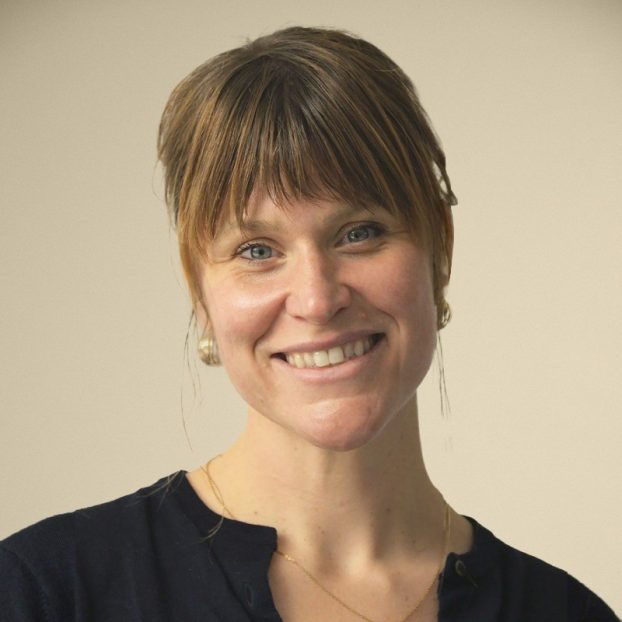Challenge
Procter & Gamble recognized the benefits of the megabrand – which include more efficient product launches and communications as well as quicker, cheaper business growth – and had begun to identify which of their existing brands would be ideal candidates. One was Gain detergent.
Leo Burnett saw this as an opportunity to provide the packaged good giant with thought leadership on the principles of the brand architecture necessary for a megabrand success. ‘All too often the impetus behind launching an extension is because the technology exists,’ says Heidi Philip-Hardie, VP global strategic planner at Leo Burnett. ‘But what needs to be considered is how will this product, being under the umbrella of the brand, change the brand? And how will it affect the elasticity of the brand into the future?’
B!G idea
After conducting an audit of megabrand-building best practices as well as using agency knowledge, Leo created a white paper and interactive workshop on brand architecture that provided P&G intel on operating philosophies, risks and actionable tools to inspire smart brand extension choices including: how and when a brand should be extended into new product offerings, branding naming approaches, tools for planning a brand extension and megabrand communications models.
Impact
Leo’s study has been applied on multiple P&G brands around the world, uploaded to P&G’s intranet for use across the company globally, used as training of Leo’s planners in all key regions and is still used on expansion of company brand architecture expertise and tools.
‘This was ground-breaking thinking in the industry and in P&G,’ says Jeana Townsend, associate marketing director, P&G USA. ‘I had never seen anything like it and was frankly blown away. We quickly leveraged the thinking on Gain as we extended the brand.’ Townsend adds that it helped develop a marketing model with synergies between the parent brand and the flanker [to successfully] drive very strong ROIs.






















